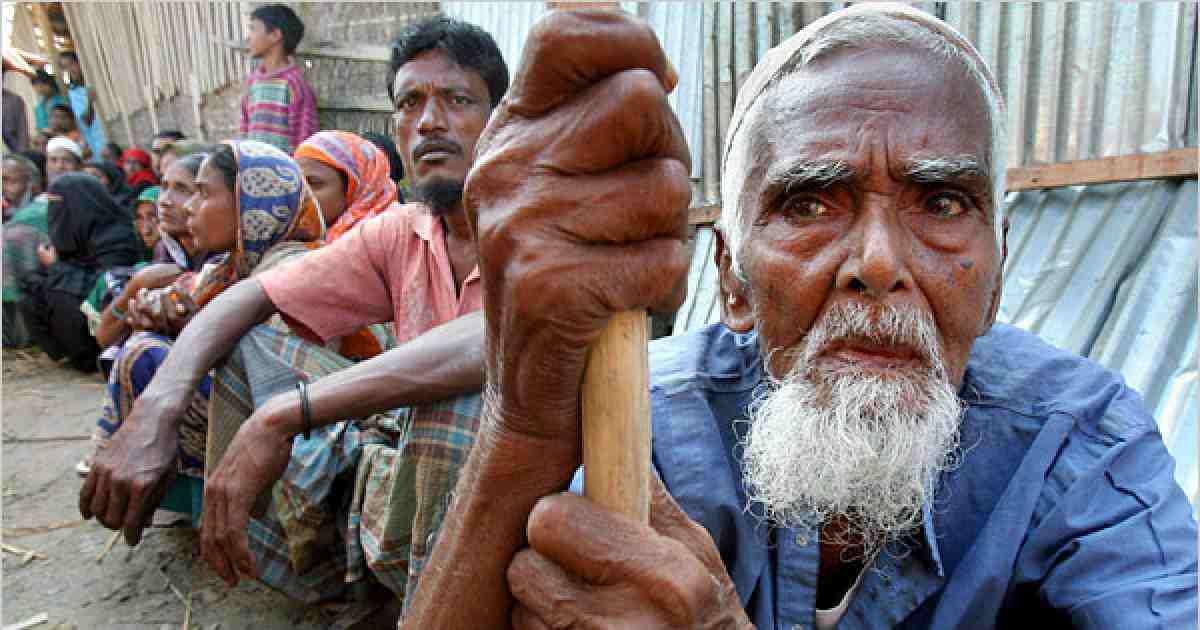Elderly victimisation common in Bangladesh

A person mainly passes five stages in his lifespan. The stages are infancy, childhood, adolescence, adulthood and old age. Old age starts after sixty years of age and ends in death. It is one of the vulnerable situations in the natural process of life. In this stage, people experience decreased physical strength and deteriorating health conditions with age-related disease. All over the world, the elderly population is increasing whereas the number of children is decreasing. Bangladesh is passing a golden age of demographic dividend which started in 2013 and will go up to 2030. People aged over 60 years account for 8 per cent or 13 million of the country’s total population.
The victimisation experiences of the elderly
A recent study describes the abusive behaviours experienced by the respondents living in Dhaka city. The findings capture the range and types of abusive experiences which included physical, psychological, financial and material victimisation. It comprises five major categories which illustrate the different types of victimisation experienced. The major five themes are presented below:
Assault and Restraint
A number of respondents in the study experienced being physically attacked, harmed and physically mistreated. Sumaiya Khatun, 65 years old woman, was beaten with a stick by her son. She was remembering the bitter experience with eyes full of tears, “My son didn’t like the matter that I distributed pieces of land to my four daughters. He claimed he should get all the property we had which was illegal and unexpected. I wanted to restrain him from this selfish thinking. Unfortunately, he misunderstood me and started disliking me, his own mother. One day he got into a row with me over a silly matter and suddenly started beating me with a bamboo stick. I was stunned.”
Theft, undue influence and financial deceit
The respondents reported experiences of abuse related to theft, undue influence and financial deceit. Accounts suggested that most respondents experienced some form of financial abuse and the range of experiences varied. Seven of the respondents reported that money or property had been sold and taken from them.
Misuse of and damage to personal property
The respondents indicated that they experienced material abuse where they reported that their personal belongings and possessions were vandalised and destroyed and implied that their property was sometimes used for unlawful purposes.
Denial of help and support
Accounts suggested that a number of respondents experienced neglect where they indicated that they were denied assistance from support staff and their healthcare needs were ignored and disregarded.
Prevented from seeing grandchildren
Accounts contained reported experiences of emotional abuse including verbal abuse and some respondents indicated that they were prevented from seeing their grandchildren. This type of abuse was the most frequently reported form of victimisation.
Verbal abuse
The interviewed data revealed that all respondents experienced a range of verbally abusive behaviours. They were ignored, yelled at and called by names and the abuser's comments were sometimes intimidating and threatening.
Elderly victimisation, although globally recognised as a violation of human rights, remains a hidden form of inter-family conflict in many societies. The estimate of the global prevalence of elder mistreatment is 10 per cent (WHO, 2015); some studies also show that estimates in community settings from Finland, Canada, the United States of America, the United Kingdom and the Netherlands range from 4-6 per cent.
The present study shows that the prevalence rate in Bangladesh is higher than that in developed countries since it found that all respondents had reportedly experienced abuse and neglect. In the cultural context of the country, sexual abuse was not pervasive, but the incidence of psychological abuse reached a point that no one considers this violence. Physical abuse mainly takes place in rural areas and among the urban poor class. A number of cultural and socio-economic factors are associated with elder abuse and neglect, such as ageism, poverty, modernisation and inheritance systems, devaluation of and lack of respect for older adults, as well as the lower socio-economic status of old people. There are some external and internal factors associated with elder mistreatment. Poor institutional mechanisms, inadequate security measures for them, breakdown of extended family systems and social perception about ageing are some external factors that trigger elder abuse and neglect in Bangladesh. Our social safety-net programmes are not adequate to ensure the security of people during their old age, which makes them dependent on others. We need to know the intensity of elderly abuse and neglect and to put them in planning under the national policy.
- The writer is an ex-student of Dhaka University



